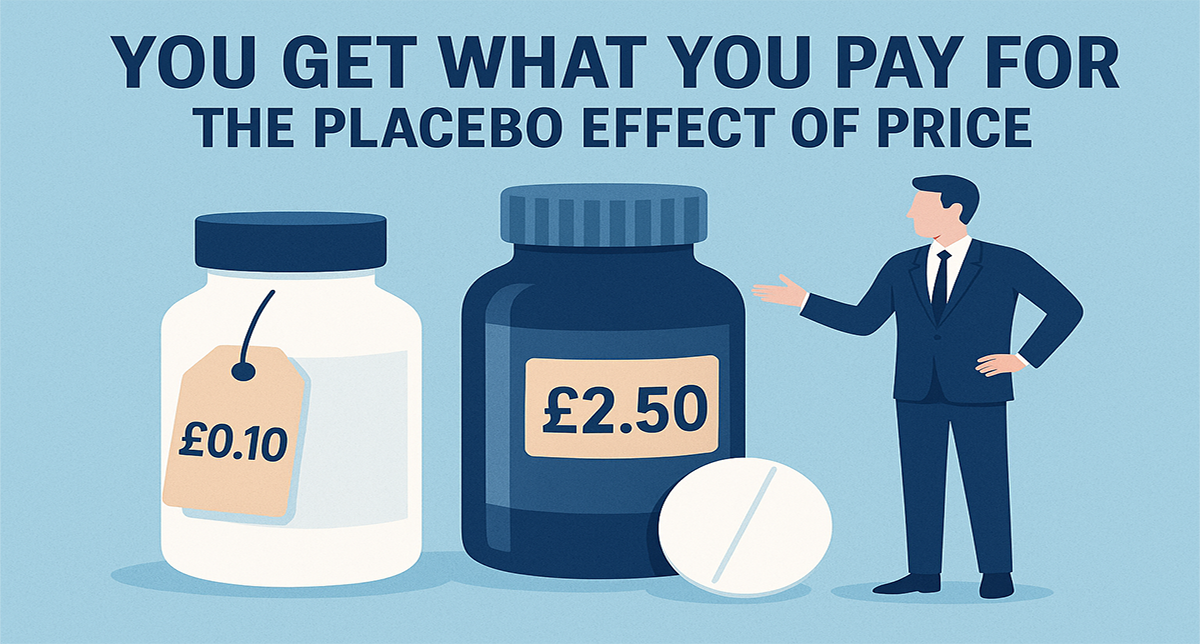We already know that the shape of packaging influences behaviour. But researchers wanted to discover what happens when dinnerware is used as part of packaging imagery to alter the perceived size and scale of the food within the pack.
Researchers also wanted to understand if such images set inappropriate norms as far as food consumption is concerned and hence resulted in people serving themselves more than they otherwise might. This research built on the fact that depicting a food portion in a smaller (vs. larger) container (i.e., plate or bowl) creates the illusion of a larger (vs. smaller) portion, although the actual quantity of food remains the same (this is known as the Delboeuf illusion).
In 1865, Delboeuf documented a puzzling perceived difference in the size of two identical circles when one of the circles was surrounded by a much larger circle and the other one was surrounded by only a slightly larger circle.

The research revealed that by presenting food in a smaller container (thus creating an illusion of a relatively larger portion), participants have higher purchase intentions and perceive the food as being more appetising. But, crucially, they subsequently decrease the size of the portion that they serve themselves.
Overall, by giving the impression of a larger portion on product packaging, the Delboeuf illusion can be used to nudge shoppers to find food more desirable, while at the same time leading them to reduce their serving, thus potentially benefitting both consumers and the food industry.
Adcock Solutions have been improving the marketing communications of leading brands and retailers for more than 25 years. We explain how your customers think and make decisions so that you can engage with them more effectively.
Come to us for Behavioural Science insights and expertise that improve your brand's visibility, appeal, engagement, and sales.






